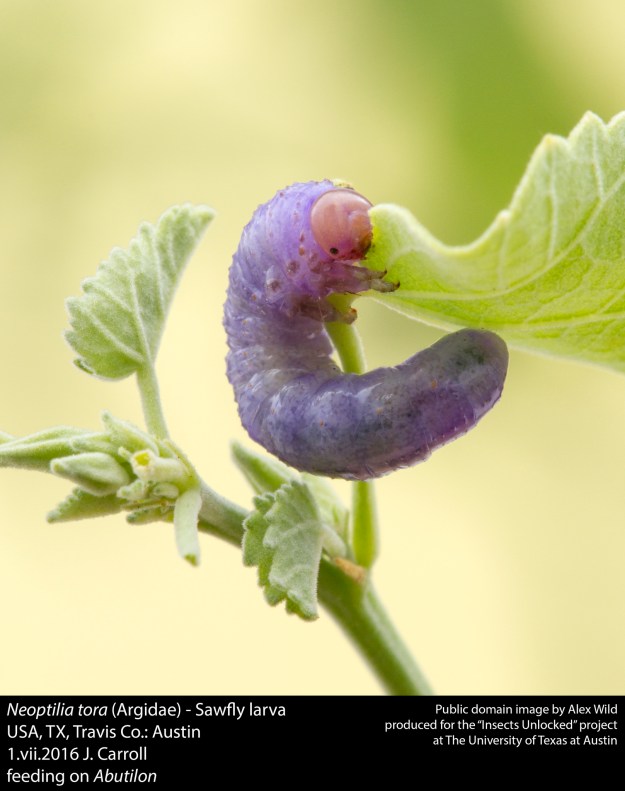Next week is National Moth Week, so let’s go crazy about moths!
This year geometrids are the featured moth family for National Moth Week. The name geometrid roughly translates as “earth measurer” and refers to the fact the larvae are mostly inchworms.
See our recent blog post about geometrid moths.
How to celebrate:
First, be sure to check the National Moth Week events page to see if there are any public events in your area. For example, here in Arizona there’s a talk at Brandi Fenton Memorial Park in Tucson on July 28, 2018.
If there aren’t any events, you can create some activities of your own. Check out the kids’ page for an awesome coloring book to download, plus games and stories.
For some cool science in more depth, read this article about how Bogong Moths use magnetic fields to guide their long distance migrations in Australia.
Moth Blog Posts at Growing With Science:
- Investigating Butterflies and Moths
- At the Growing Website: Butterflies versus Moths in detail
- Moth Caterpillars
- Life Cycle of a Moth
- Moth Identification 1
- Moth Identification 2
- Older, but popular post about raising caterpillars
- Gardening for Moths
- Moth Poem
- Tiger Moths
- Tufted Bird Dropping Moth
- Butterfly Papercrafts book
If you ever want to learn more about moths, check out the moths category in the sidebar.
Or visit our growing list of children’s books about moths and butterflies at Science Books for Kids.
Finally, we also have two Pinterest boards you might enjoy:Â All About Moths and Butterfly and Moth Feeders to Make.
Let us know how you celebrate National Moth Week.



















